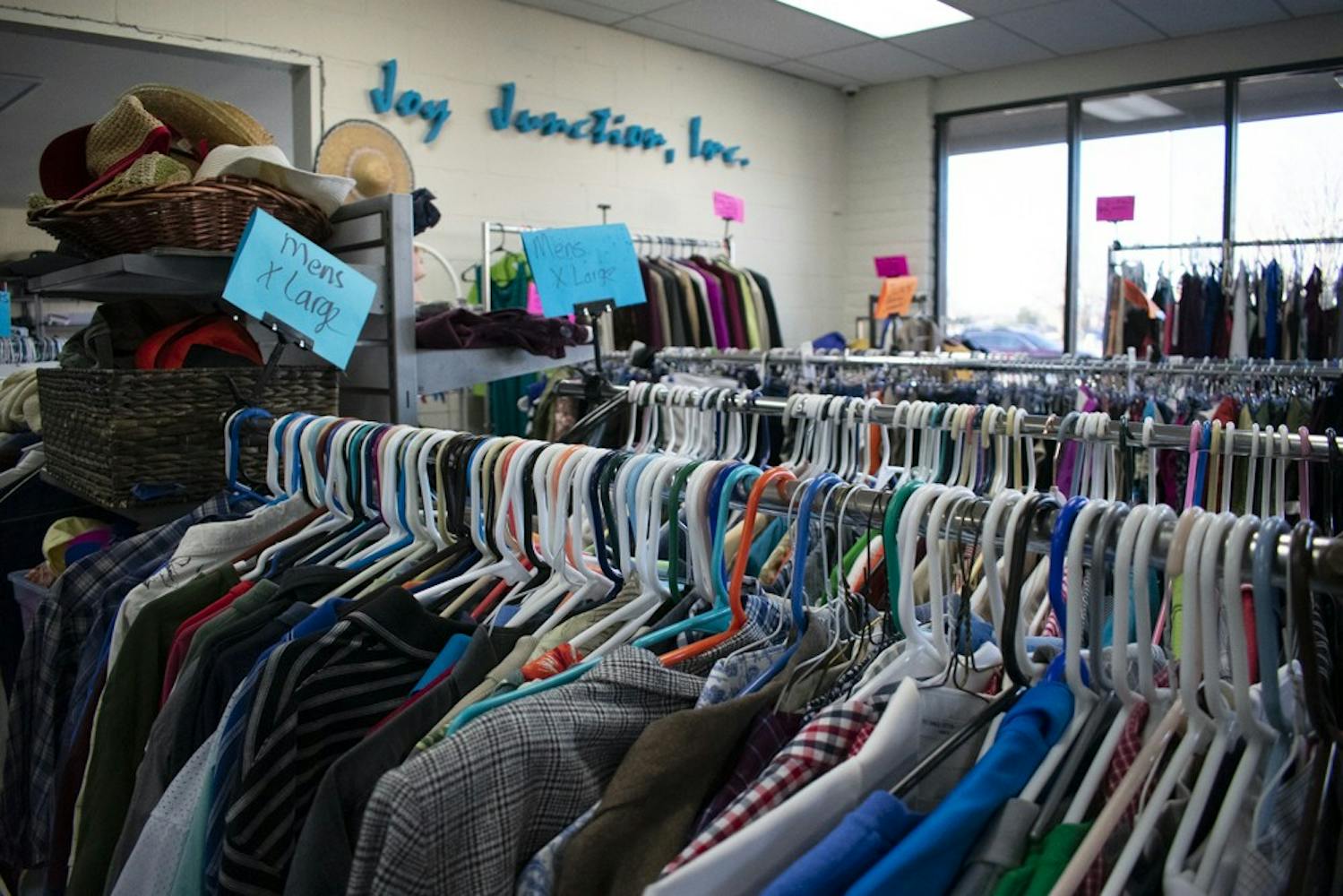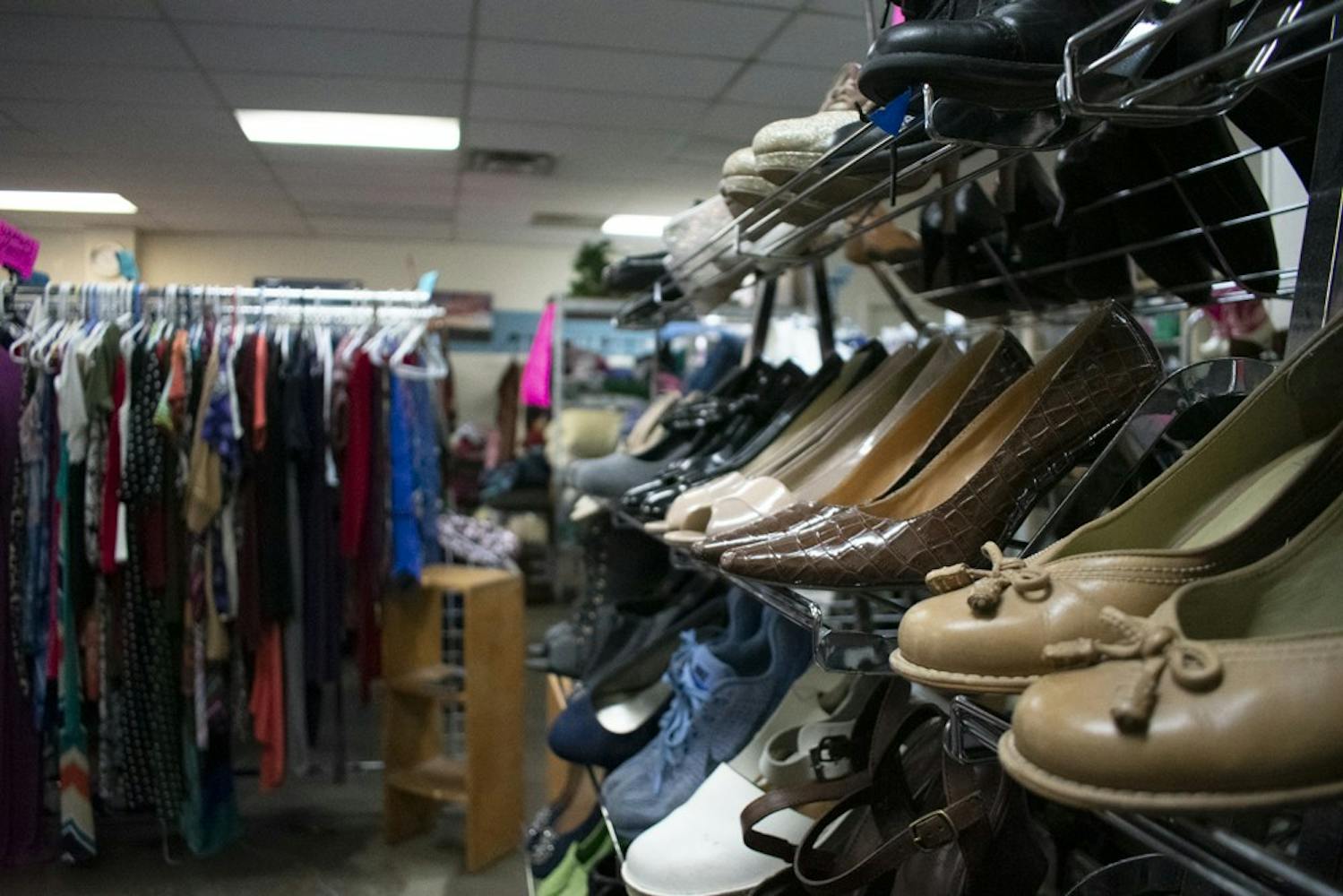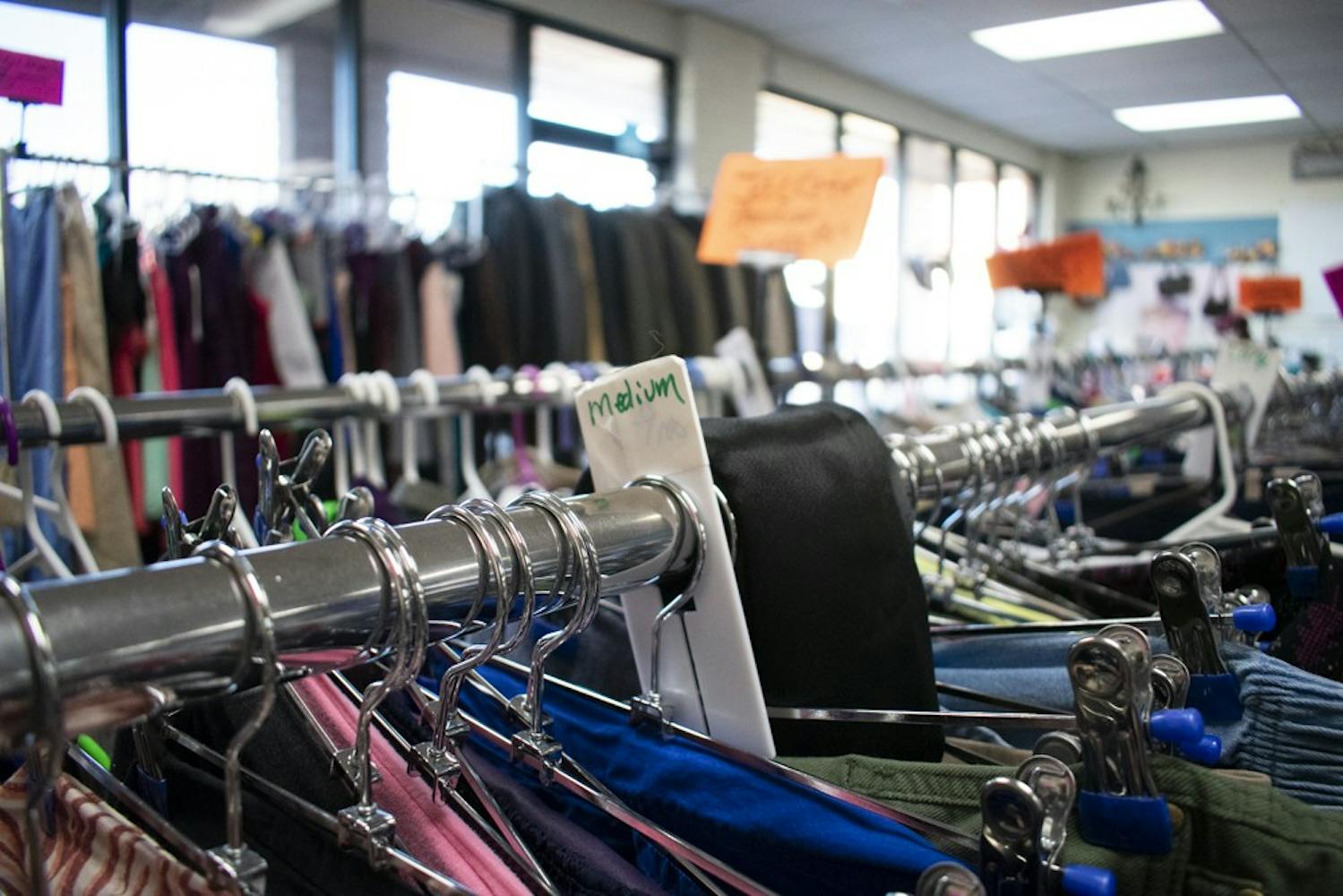The past decade has seen a significant uptick in the popularity of secondhand shopping. Thrift stores have seen more traffic than ever due to an increase in trendiness and a decrease in the taboo of buying used, according to NPR. Run-of-the-mill thrift stores are now seeing a new generation of shoppers with different ways of thrifting, and the industry is having to shift in response. According to ThredUp’s Resale Market and Trend Report, the secondhand resale market saw an uptick of 58% in 2021, meaning supply and demand, as well as inflation, have caused these “shifts” to affect a good portion of low-income households.
Despite the positive benefits that result from thrifting as a whole, there are still ethical concerns, like accessibility, overconsumption and excessive redonation, that are necessary for any shopper to keep in mind as thrifting becomes more popular. While hard to avoid entirely, picking up some good habits is sure to help make you a friendlier thrifter in your community and limit your contribution to the cyclical pattern of waste.
Due to the lower prices thrift stores offer, it’s easy to go overboard with a large haul. But it’s unnecessary to always leave with an armful of clothing. Moderation is often overlooked in the fashion industry, as capitalism compels us into the idea of always needing new things, but temperance is a great tool to help combat overconsumption.
Before heading to checkout, challenge yourself to sort through your picks and find at least one item to put away — whether it be a “maybe” that hasn’t quite sold you yet, a hard-to-style piece you’ll have to convince yourself to wear or an item that is similar to something you already own.
This method ensures you are being picky and taking only the things you actually need or want, allowing the piece(s) you let go to become the “yes"-es of other thrifters who will love them as they should be loved. Fighting our “wants” is hard, but little steps can help make us more mindful shoppers.
Know what you’re looking for before you head to the thrift: map out a strategy, if you will. It’s easy to get lost in the seemingly endless racks of a thrift store and leave with a lot more than you bargained for (or can afford). If you have pieces you’re certain you want in your closet, stick only to those areas of the thrift store; your success rates are going to skyrocket and you’ll most likely stay within budget.
By limiting yourself to only the type of items you’re looking for, you’ll go through the racks slower. This will force you to pay more attention to the quality of the pieces you skim through and maybe even find a gem you would’ve skipped over otherwise. Concentrated efforts can revolutionize your thrift game and ensure you work toward your dream closet.
Another great way to be conscious of what you are bringing into your closet is to understand the type of clothing you enjoy, whether in terms of aesthetic or how it feels on your body. There is a lot of power in analyzing the types of fabrics, cuts, inseams and fits that best suit your style and make you feel your best at all times.
Frequently, we find ourselves envisioning what we’d look like in fashion we see online — clothes we wish we wore, but would not realistically wear in our day-to-day lives. It’s tempting when you see these kinds of pieces in a thrift store with a low price tag.
Learn to take a step back and assess how useful a piece would be to you, such as versatility, how well it meshes with what’s already in your closet or how the material feels on your skin. Think about how often you’ll reach for this piece on a monthly basis. If you only wear it once or twice within that span of time, is it worth it?
For the resellers out there thrifting in hopes of finding high-priced items for cheap to sell for a profit: if you go into a thrift store and gut it of all the nice clothing for resale purposes, what does that leave other thrifters with?
It's important to practice balanced consumption, especially if reselling is your side hustle and not your main source of income. Everyone deserves the chance to find clothing that makes them happy, and not everyone has the privilege of choosing where that clothing comes from, so be conscious of that.
Get content from The Daily Lobo delivered to your inbox
Thrifting, while having its ethical concerns, is still ultimately an amazing practice not only to breathe life into used clothing, but also to contribute to the fights against textile waste, climate change and immoderation. At the end of the day, just remember to be a friendly thrifter in your community and practice ethical thrifting habits as much as possible.
Jordyn Bachmann is a freelance reporter at the Daily Lobo. She can be reached at culture@dailylobo.com or on Twitter @DailyLobo








